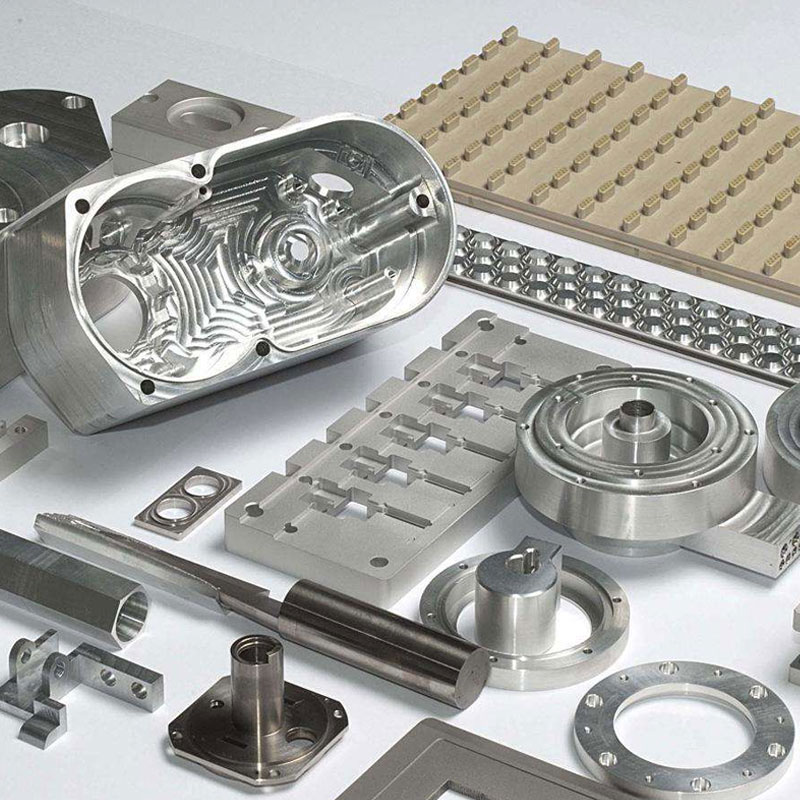Precautions for the selection of aluminum castings:
- 1. Features of crack defects:
1. Casting cracks: develop along the grain boundaries, often accompanied by segregation. It is a kind of cracks formed at higher temperatures that easily appear in alloys with larger volume shrinkage and aluminum castings with more complex shapes;
2. Heat treatment cracks: due to heat treatment overburning or overheating, often appear transcrystalline cracks. The alloys with large stress and thermal expansion coefficient are often cooled excessively.
Or cause other metallurgical defects:
1. The design of the lost wax casting structure is unreasonable, there are sharp corners, and the thickness of the wall is too different;
2. Poor concession of sand core;
3. Local overheating of the mold;
4. Pouring temperature is too high;
5. It is too early to take out the casting from the mold;
6. The heat treatment is overheated or burned, and the cooling rate is excessive. - Prevention method:
1. Improve the structural design of castings, avoid sharp corners, strive for uniform wall thickness and smooth transition;
2. Take measures to increase the concession of sand cores;
3. Ensure that all parts of the lost wax casting are solidified at the same time or sequentially, and improve the design of the gating system;
4. Lower pouring temperature appropriately;
5. Control the mold cooling out time;
6. Thermal correction method is used when aluminum castings are deformed;
7. Correctly control the heat treatment temperature and reduce the quenching cooling rate. - 2. Features of slag inclusion defects:
Most of the oxidized slag inclusions are distributed on the upper surface of the casting, at the corners of the mold where there is no ventilation. The fractures are mostly grayish white or yellow, and they are found by X-ray fluoroscopy or mechanical processing. The cause can also be found during alkaline washing, acid washing or anodization:
1. The charge is not clean and the amount of back charge is too much;
2. Poor gating system design;
3. The slag in the alloy liquid is not cleaned;
4. Improper pouring operation brings in slag;
5. The standing time is not enough after refining and deterioration treatment. - Prevention method:
1. The charge should be sand-blown, and the amount of charge used should be appropriately reduced;
2. Improve the design of the gating system to increase its slag retaining ability;
3. Use proper flux to remove slag;
4. It should be stable when pouring and pay attention to slag blocking;
5. After refining, the alloy liquid should be allowed to stand for a certain period of time before pouring.
Reasons and solutions for mildew of aluminum castings:
- Reasons for mildew:
1. Due to the corrosion reaction of the galvanic battery, the surface of the aluminum lost wax casting precipitates alkaline compounds, and the temperature and humidity are suitable after deliquescence, and the mold grows rapidly.
2. The surface of the cast aluminum product has grease, plant fiber and other soil suitable for mold growth. Once the humidity and temperature are appropriate, the mold will grow rapidly.
3. The storage environment, temperature and humidity of cast aluminum products are suitable for mold growth.
4. The surface of cast aluminum products is mixed with super sister substances, which automatically absorb moisture into the air to form a corrosion reaction of the galvanic cell and create an environment suitable for mold growth. - Solution:
1. The product cannot be stored in the open air for a long time, and fly dust accumulates on the surface of textile products.
2. The product packaging cartons stacked on the slabs should be wrapped with stretch film on 6 sides to be waterproof. After the products are soaked in water, they need to be ventilated and dried.
3. Do not use refining metamorphic slagging agent containing sodium salt or magnesium salt, use refining metamorphic agent of NaF component, or N2 gas refining.
4. Do not use plant fiber-containing mold release agents, do not use plant fiber-containing machining cutting fluids, and replace oil-based anti-rust cutting fluids.






